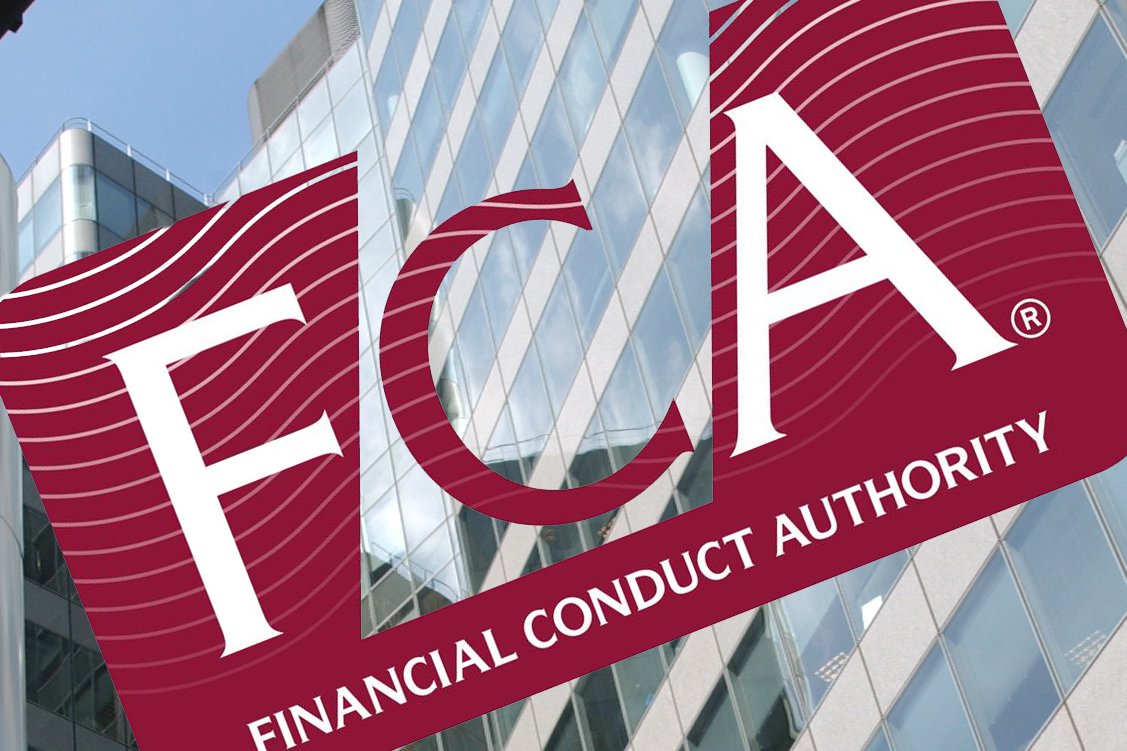Global M&A (merger and acquisition) activity hit US$484.5 billion for January and February, up 33% compared to last year.
Watching companies get acquired or become acquirers is a fascinating aspect of small-cap investing, tracking small companies and seeing which ones make it to a much bigger scale. However, M&A is not just a big deal in small cap. It can impact companies across equity and bond markets.
With that in mind, Greg Wendt, equity portfolio manager, and David Daigle and Scott Sykes, fixed income portfolio managers at Capital Group, share their views on five key questions about the M&A boom:
What’s fueling the rise of M&A?
Greg Wendt comments: “Companies have come out of the shell shock of the first half of 2020 and are now more confident about the future.” Many have strong balance sheets and consider M&A as a growth strategy.
Scott Sykes adds: “Companies are also sitting on record amounts of cash.” Some industries had to raise money to stay afloat through the pandemic. Others — after an initial dash for cash in case of a prolonged downturn — raised additional funds to take advantage of low interest rates.
Many investors expect companies to buy back stock and debt, put funds toward acquisitions, or do a combination of all three, Sykes notes.
Are sky-high equity valuations influencing deals?
“We are in a buoyant market with high stock prices that companies can use as currency. Some CEOs are a little amazed at their stock prices. They want to use that advantage strategically, and many want to make acquisitions,” says Wendt.
Daigle adds: “Companies with more leverage, such as those in the high-yield sector, could use this opportunity to go public. Private equity firms will be minor players when it comes to buying public assets at these valuations. They will, however, bid aggressively for carve-out assets that come up for sale as companies seek to reposition their businesses. But paying a 30% premium on top of already high public valuations is not something you’ll see very often.”
Is M&A good for investors?
While companies often tout value creation as a result of M&A, many end up destroying value. The Harvard Business Review recently warned management that the “once-in-a-generation opportunity to make acquisitions” could lead to deals that ultimately hurt companies.
“We have seen too many transformative acquisitions that didn’t work. Often M&A is a product of a company running out of gas. They fail as often as they succeed.” Wendt says.
Sykes continues: “It is also a key risk to credit, and large deals tend to add leverage and increase risks. M&A is something I am tracking, and I actively avoid or reduce investments in companies I think could lever up dramatically.”
But the right management team can make all the difference. Wendt comments: “Many executives love their companies, and it says a lot about their commitment to maximising shareholder value when they are willing to sell.”
On the flip side, there have been companies that turned down incredible offers only to languish for decades trying to get back to that higher price.
What industries could be most transformed by M&A?
Wendt comments: “Digitisation across all industries will drive many M&A deals. The pandemic accelerated the growth of many tech companies, particularly Big Tech. Although Facebook, Amazon and Alphabet may refrain from acquisitions in the face of intense regulatory scrutiny, there are several smaller tech companies that could become targets or buyers.”
Gaming companies such as casino operators are also on the hunt for digital offerings in the areas of fantasy sports and online betting.
Another sector undergoing massive shifts is media, with cord cutting continuing to drive some of the changes. “There is a lot more competition creating content, and it’s unclear if some of the programming translates well to streaming or if Amazon, Netflix, or Disney+ will buy content the same way that CBS and ABC once did,” Sykes notes.
“Meanwhile, Big Pharma’s penchant for acquiring smaller companies with drugs nearing regulatory approval is well-known. This year will be no exception,” Sykes adds.
Innovation is particularly fragmented in drug development with many small players working to find solutions to big health care problems. Regulatory pressure to keep costs low and preserve patent expirations on key drugs tend to support M&A activity no matter the economic environment.
Daigle continues: “In energy, companies may engage in M&A to create a better industry structure that allows them to be profitable”. Many are investing in renewables as governments worldwide call for lower emissions, and legacy energy companies are seeking to consolidate amid persistently low energy prices.
How are SPACs changing the game?
The frenzy around special purpose acquisition companies (SPAC) has achieved star status. More than 380 SPACs raised US$106 billion last year. And in January 2021 alone, SPACs raised roughly US$32 billion.
Wendt concludes: “M&A is going to be really interesting this year because of the rise of SPACs, which generally have two years to find a deal or the money gets returned. There are going to be lots of new companies introduced to the market, which is great for an organization with deep research capabilities.”





